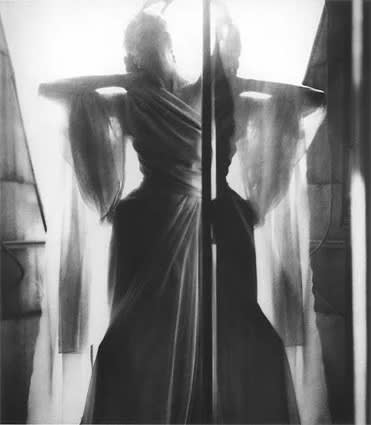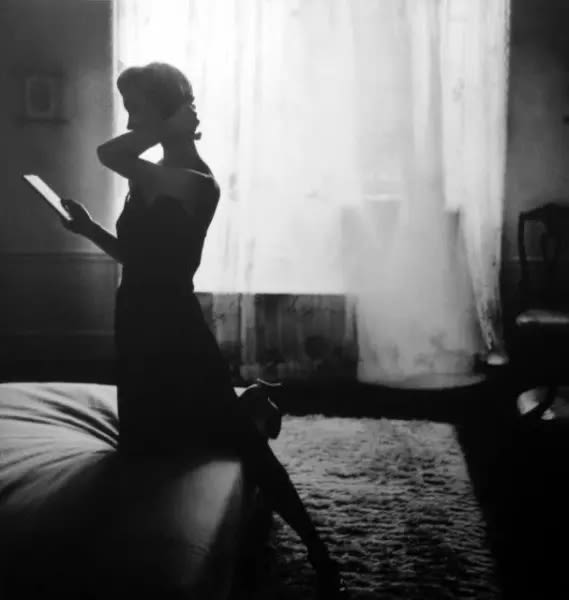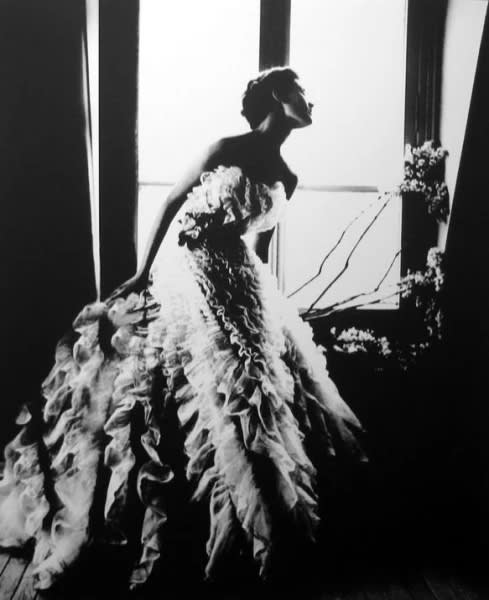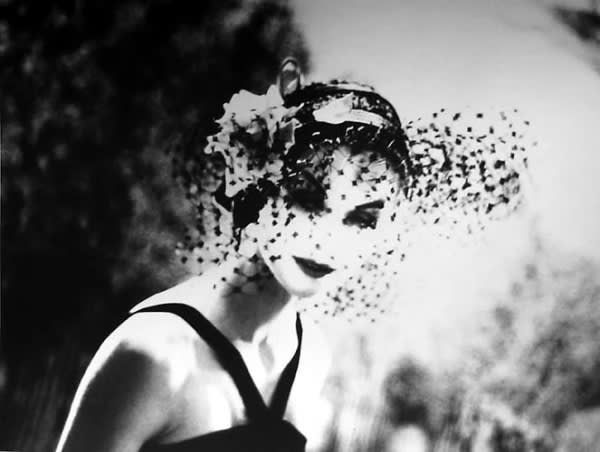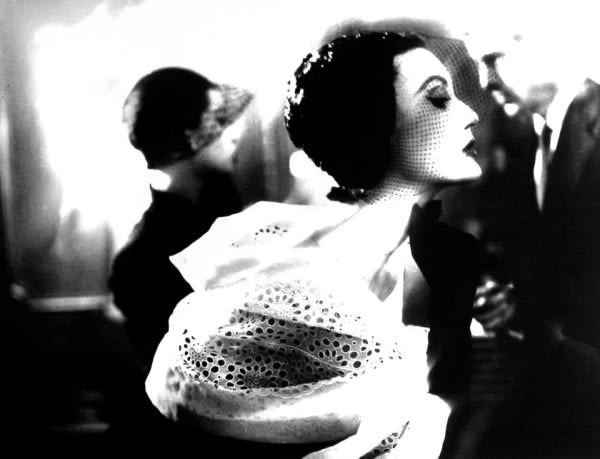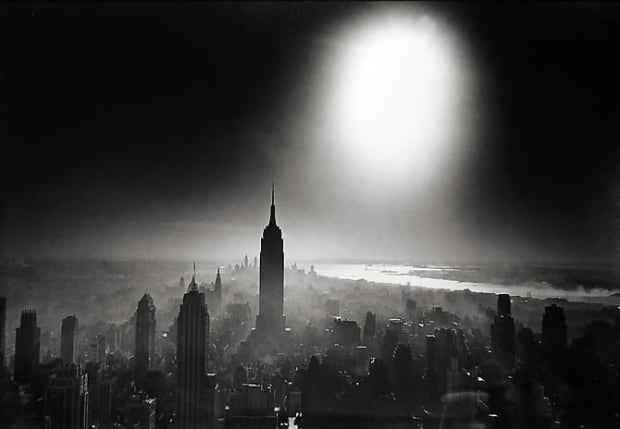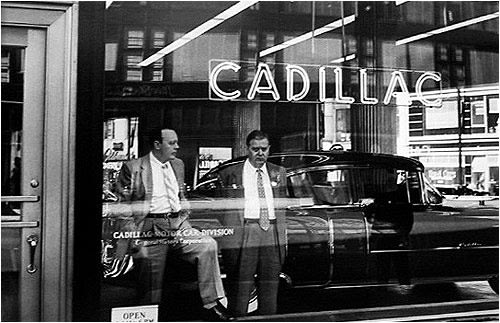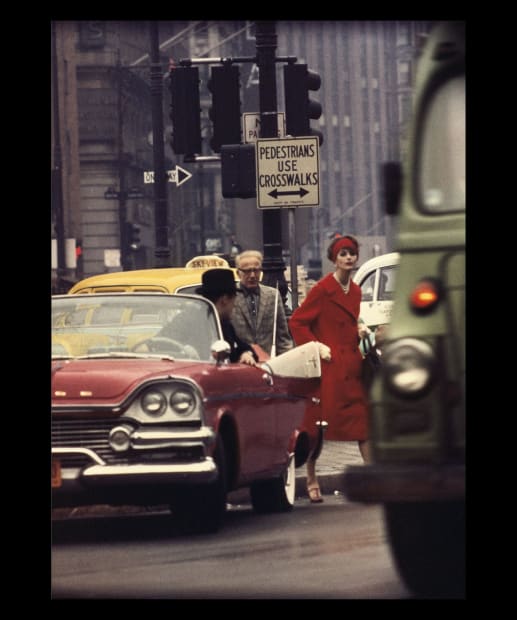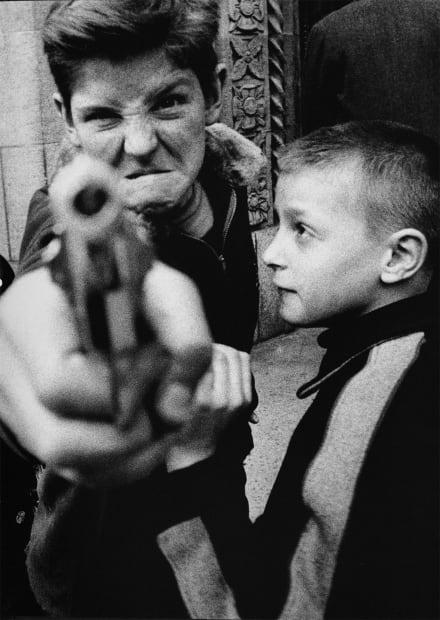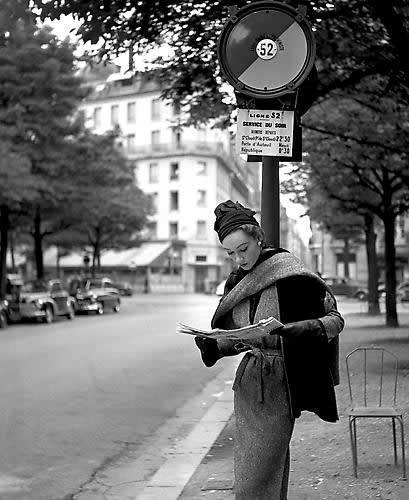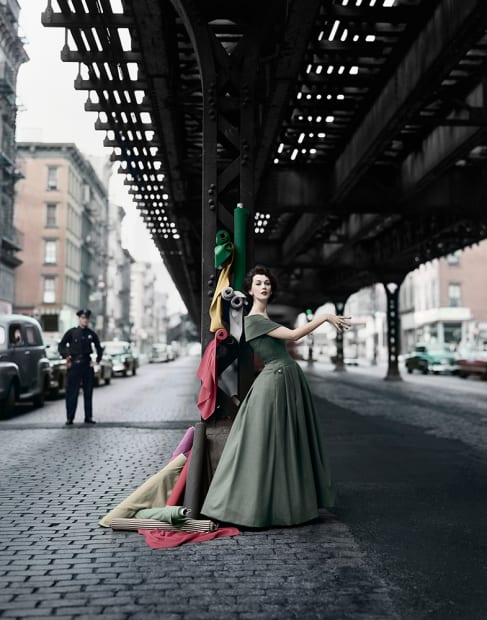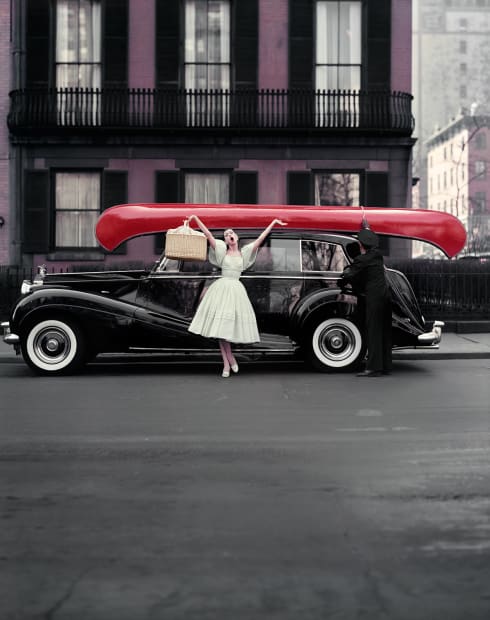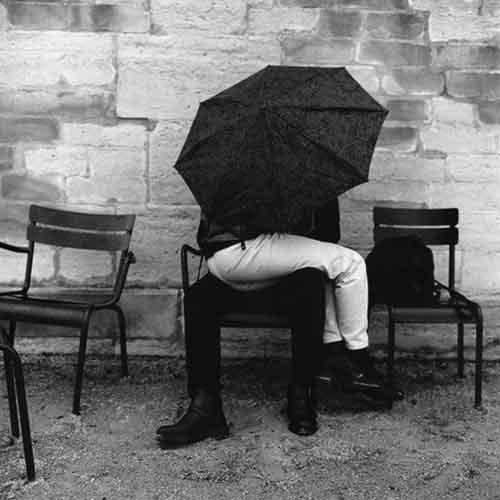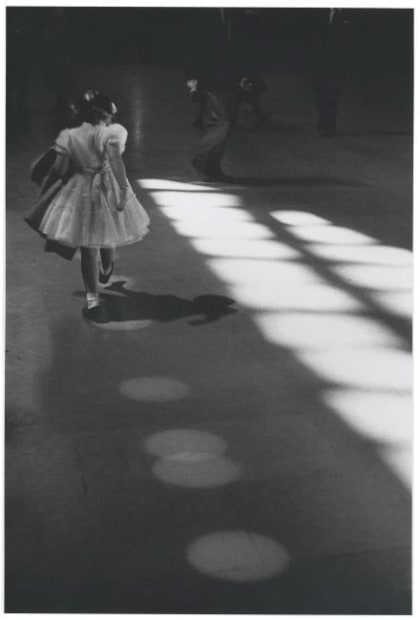-
# Curated Views
Part III: From the studio to the streetINTRODUCTION #PART I #PART II #PART III #PART IV #PART V
REQUEST PRICE LIST
A whole generation of fashion photographers, many arriving or escaping from Europe, were drawn in to the studios of Vogue and Harper's Bazaar by the visionary art directors Alexander Liberman and Alexey Brodovich. They were encouraged to break the rules and push the boundaries of the medium, each with a unique vision and sensibility.
The revolution began in the studio as surrealism intertwined with fashion, and continued through experimental techniques in the darkroom and technological advances such as lighter, smaller cameras and the accessibility of the telephoto lens. As photographers increasingly found inspiration in the streets, they could also now fully embrace the shadow and light of the city by night.
-
-
The Power of Photography #198
Horst P. Horst. Bombay Bathing Fashion, Oyster Bay, N.Y., 1950"I like taking photographs because I like life. And I love photographing people best of all because most of all I love humanity."
Horst was one of the greatest fashion photographers of all time. He originally studied architecture in Hamburg and served as an apprentice to Le Corbusier in Paris but then switched to photography with the help of his friend and mentor George Hoyningen-Huene, a fashion photographer working for Vogue. Horst soon followed in his peer's footsteps and in 1935 succeeded Huene as head photographer at French Vogue. This is my favorite photograph of his, shot in his house at Oyster Bay in Long Island that he built and designed himself. It became a celebrated salon, where all the talents of that time came to stay and visit. People like Salvador Dali, Chanel, Noell Coward and everybody who had a true creative spirit in them were welcomed by Horst. This image has such a sense of sophistication marked by Horst's genius for lighting and mood.
~ Horst P. Horst -
-
-
-
The Power of Photography #180
Cecil Beaton (1904-1980) Charles James Dresses, 1948“Be daring, be different, be impractical, be anything that will assert the integrity of purpose and imaginative vision against the play-it safe, the creatures of the commonplace, the slaves of the ordinary."
~ Cecil BeatonCecil Beaton was a true renaissance man - writer, diarist, playwright, painter, illustrator, set designer, costume designer, dandy and not least one of the great 20th Century photographers. This is one of his greatest photographs. On June 1st, 1948, nine fashion models, including the great Carmen Dell'Orefice and Dorian Leigh, gathered at French and Co., the celebrated antiques dealer on Park Avenue, to have their photograph taken decked out in Charles James's exquisite gowns. James was perhaps the most revered designer of his generation who had his European counterparts like Dior and Balenciaga in awe. Every garment he produced was deemed to be a work of art. James and Beaton had first met at school at Harrow in England. Just imagine how difficult it was to choreograph and light nine models and get nine separate “performances“ out of them to create a cohesive narrative. Very few photographers had the experience and genius to pull it off but out of it came one of the most important images in the history of fashion photography.
Beaton’s pithy wit was sometimes on a par with Oscar Wilde. As Cecil once said, “The truly fashionable are beyond fashion.”
-
-
-
-
-
-
-
-
EXPLORE EACH CHAPTER:
-

Part I: Origins & Purpose
Unknown. Japanese Women, c. 1870's"To collect photographs is to collect the world."
~ Susan Sontag 'On Photography'
-

Part V: In Full Color, and beyond
Cig Harvey (b.1973) Clematis, (Emily Clutching), 2021“If we feel more, I feel we will have more compassion... I use all of the formal devices that I have as an artist to ask, ‘How can I get you to look? How can I get you to live more?”
~ Cig Harvey
-
















